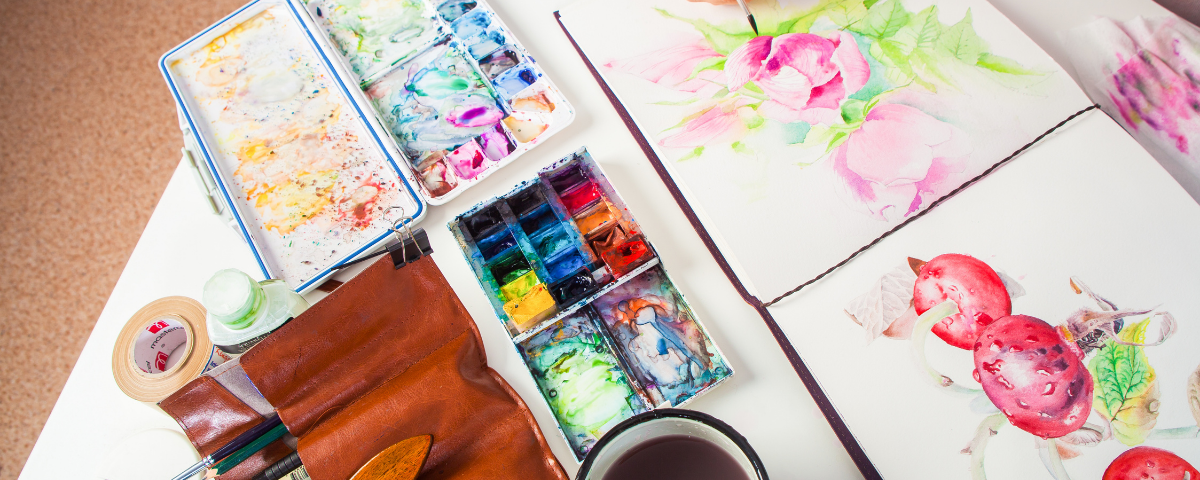When you’re buying paint, you’ll rarely find a single type that fits all your needs. You can buy flat paint, eggshell, and gloss, but there are also metallic stain, and stain-proof paints. And not all paint is the same quality, either. Some paints have higher and lower quality pigments, which affects how your paint will look. Here are the different kinds of paint.
• Looking for a way to brighten up your apartment, but not sure where to begin? Why not try acrylic paint? Whether you’re a professional artist or just starting out, acrylic paint can help you create a fresh look for any room in your home. This type of paint comes in a variety of colors so that you can create a unique look for your home. It’s also easy to clean up when you’re done.
When it comes to paints, you have the option to choose your favorite brand or create your own with acrylic paint. But if you want to be creative and try something different, you can try acrylic paint. It is more delicate than water-based paint, so it is perfect for use on delicate surfaces. It is also very durable and suitable for exterior walls and frames. It can even be used on unfinished wood, tile, and glass. When you are done with your project, you can wash the paint off with water. No other paint can do this.
• Oil paint is an art medium that has been used for centuries. It is the most widely used medium for painting, drawing, sketching, and printing. It is also one of the oldest painting materials in existence. Oil paint is also the preferred medium of the artist Vincent van Gogh, one of the most influential painters of the 20th century.
Finding a good oil paint can be a challenge, but there really are some great paints out there for beginners. The most popular line is probably the “De Atramentis” family, produced by a company based in Germany. But there are plenty of good ones out there. You just need to explore.
• Painting something in watercolor takes a little more time than the average person thinks. It is a process that involves a lot of planning and outlining before you begin to paint. Once you are set up, it is important to remain calm, steady, and patient. Watercolor paint can make quick work of a piece of art, but it has many hidden details that require patience.
The watercolor painting process involves many steps.
First, you begin with your color palette. Some of the most famous artists use only one or two colors. Other painters use all the colors of the spectrum. If you are unsure about the right colors to use, consider using a simple color wheel. Throughout the process, you must keep in mind the painting movement. You can also add a bit of water to the paint to make it easier to move across the page.
• Gouache is a water-soluble paint that can be used to create a wide variety of artistic effects. Because of its higher solubility in water, gouache can be thinned with water when applied to a support. This allows the artist to create a more vibrant and intense effect when compared to other mediums. Unlike acrylic paints, which can be washed away with water, gouache can be left on the support and still be visible after drying.
Unfortunately, it is tricky to mix, and it isn’t easy to get it to mix properly. If you don’t mix it properly, you will end up with a gloopy mess that won’t dry, and you will waste your time and money. If you mix it too much, you will end up with a runny mess that will not dry.
• Encaustic painting is a form of painting that uses pigment suspended in a glue-like substance. It is a form of relief, and the pigment is usually heat-applied. Encaustic is also called hot wax or hot wax painting. Encaustic paint is made by mixing pigments and resin with a wax binder. This is often done in a big tub of hot resin, broken into larger pieces before each colorant is added and mixed with the resin.
